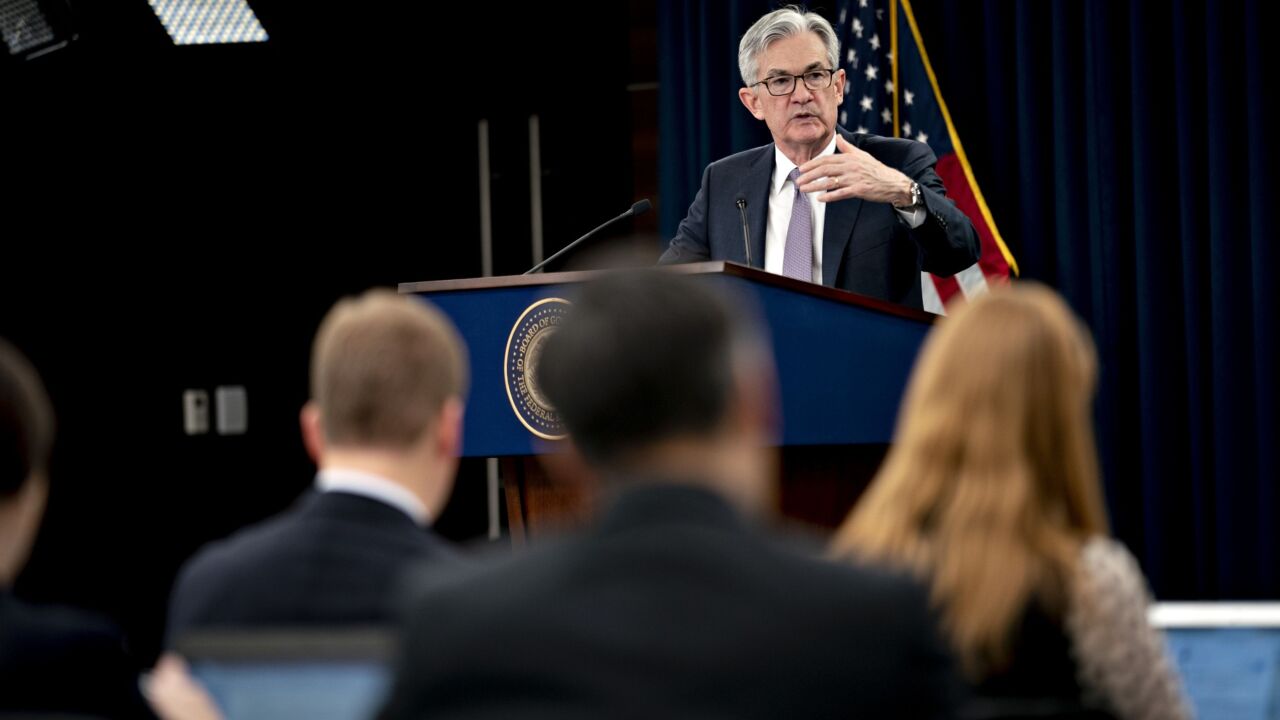SoFi Lending Corp.’s second consumer-loan securitization of 2018 indicates a slight shift toward higher-earning borrowers on shorter-term loans.
According to presale reports, the $544 million SoFi Consumer Loan Program 2018-2 Trust reduces the percentage of seven-year (84-month) personal loans and five-year (60-month) loans from Sofi’s
Much of that collateral has been replaced with borrowers on new 72-month and 48-month term offerings the company began underwriting in December 2017, which both combined for 12.8% of the latest pool’s total pool balance of $600.1 million.
Besides reducing tenors, SoFi is also including more loans issued to higher-income borrowers, as the percentage of borrowers in the pool with a gross income of $150,000 and above increased to 27.66% from 26.6% earlier this year. Meanwhile, the percentage of accounts to borrowers with gross incomes under $100,000 decreased to 36.4% from 37.92%.

The capital stack in the new issuance includes $277.7 million Class A-1 and $127.9 million Class A-2 notes tranches, $75 million in Class B notes and a subordinate $64 million Class C tranche. The Class A notes are rated double-A by S&P Global Ratings, Kroll Bond Rating Agency and DBRS.
Despite the financial backing, SoFi’s experience in securizations and servicing strengths (90% of the loans in the pool are paid through automated clearing house accounts), S&P says it has limited its rating on the deal to AA because of the limited performance history of SoFi’s consumer-loan originations.
The Class B notes, rated A by the agencies, will only receive principal payments after the full balance of the Class A notes is paid off. The Class C notes are rated BBB by KBRA and DBRS; they are unrated by S&P.
SoFi has increased the subordination levels of the Class A notes to boost total initial hard credit enhancement to 32.9% from 29.3%. The starting overcollateralization level of 9.25% will grow to a target level of 12% over the deal’s life.
The pool characteristics include a weighted average FICO of 743 (the highest yet for a SoFi consumer-loan asset-backed transaction); an average income of $135,637 and free cash flow of $5,039 for the borrowers. The average loan size was $32,181.
Underwriters on the transaction are JPMorgan, Citigroup, Deutsche Bank and Goldman Sachs.
S&P has projected a 9.45% base-case default rate on the deal. KBRA expects losses in the range of 6.7%-8.7%, down from its estimate of 6.9%-8.9% for SoFi’s prior securitization. For DBRS, the projection is 7.45%.
Since beginning consumer-loan offerings in 2015, SoFi has lined up $2.29 billion in borrowing capacity from eight warehouse lenders to fund personal loans (it has separate warehouses totaling $2.42 billion for private-education loans and $725 million to fund mortgages). As of Jan. 31, 2018, SoFi had originated approximately $9.9 billion in personal loans to approximately 266,690 different borrowers, according to S&P.
Although the second consumer-loan securitization of the year for SoFi, the 2018-2 deal is the first since Anthony Noto joined the company as chief executive in February. Mike Cagney, SoFi’s co-founder and previous chairman and CEO, resigned in September 2017 under allegations of sexual misconduct.




